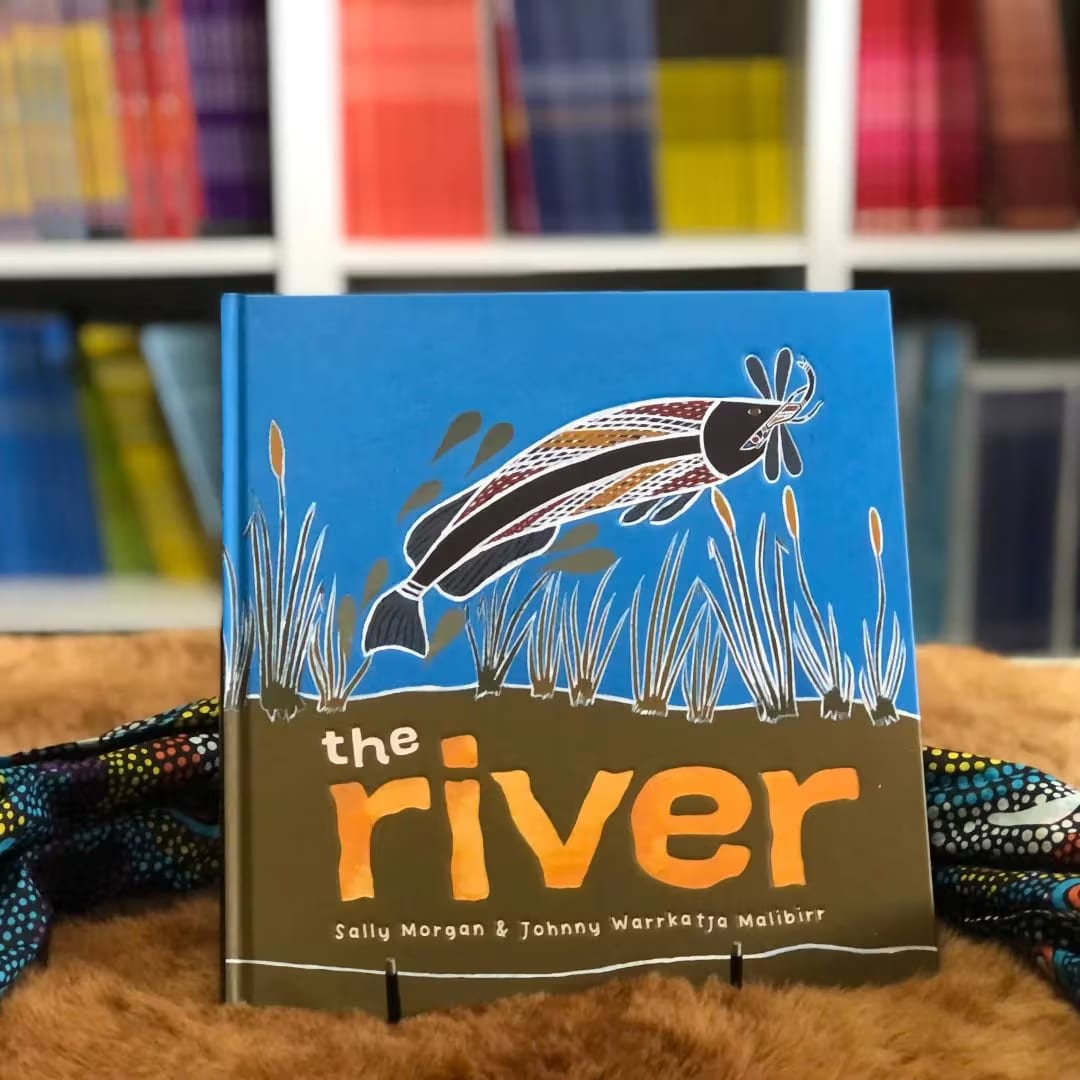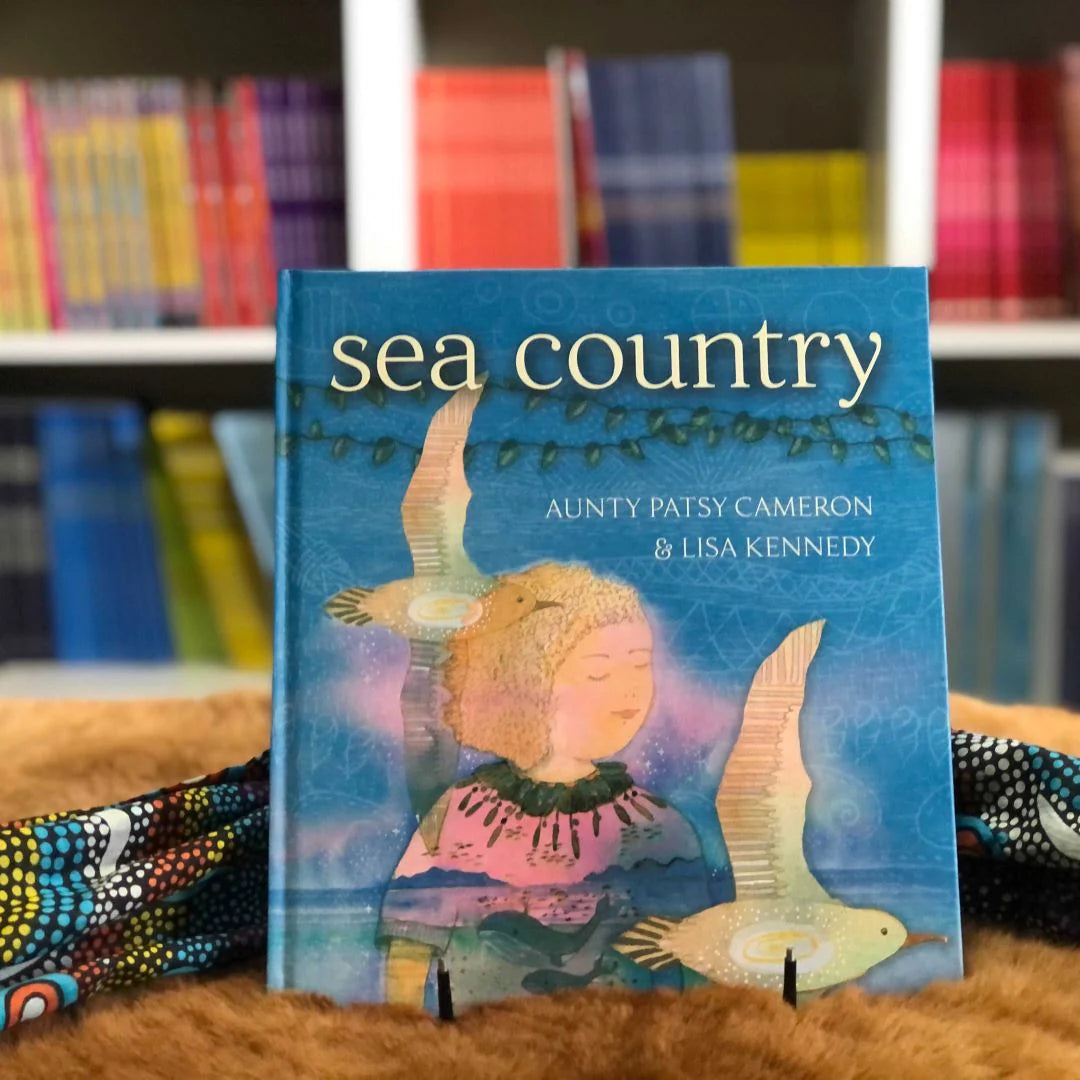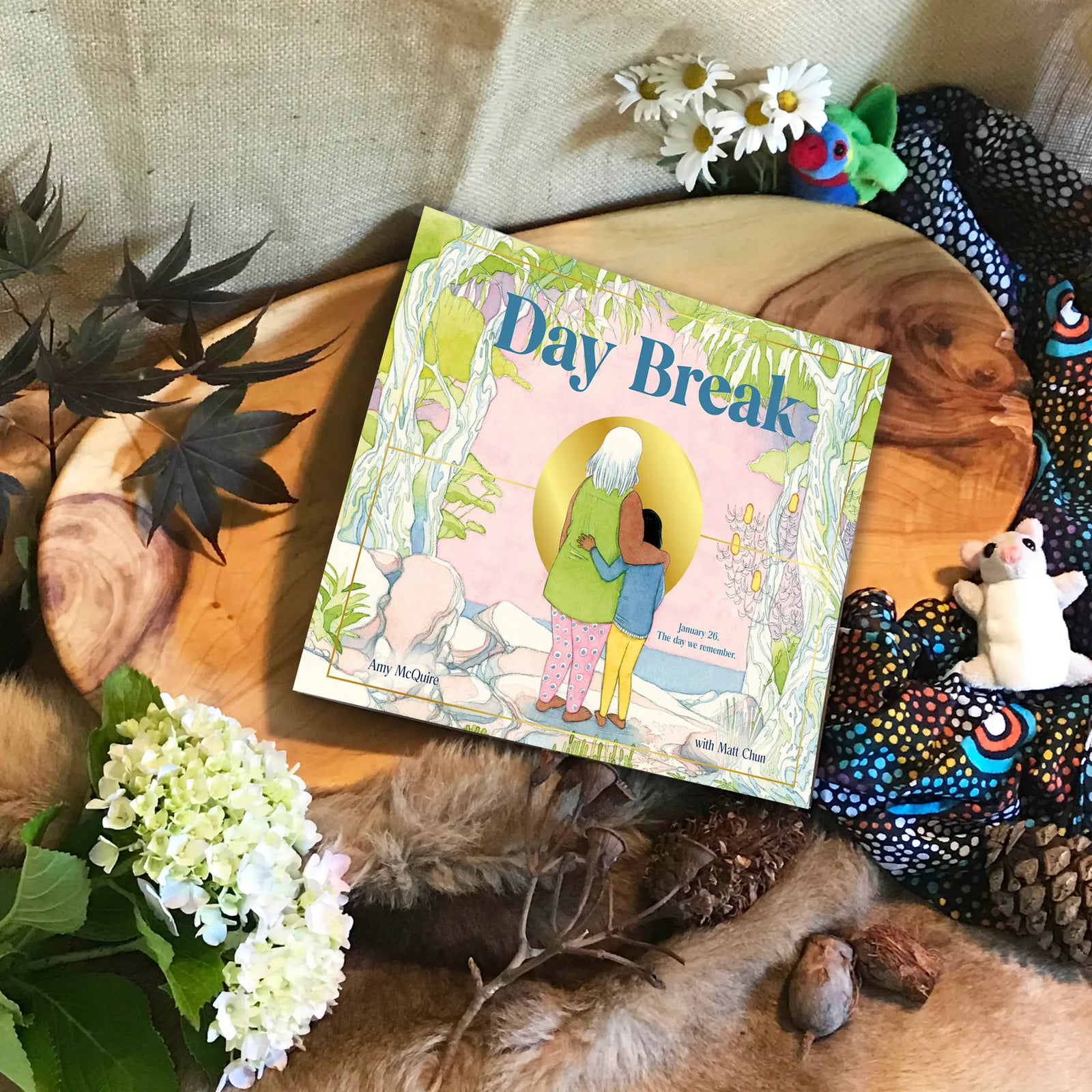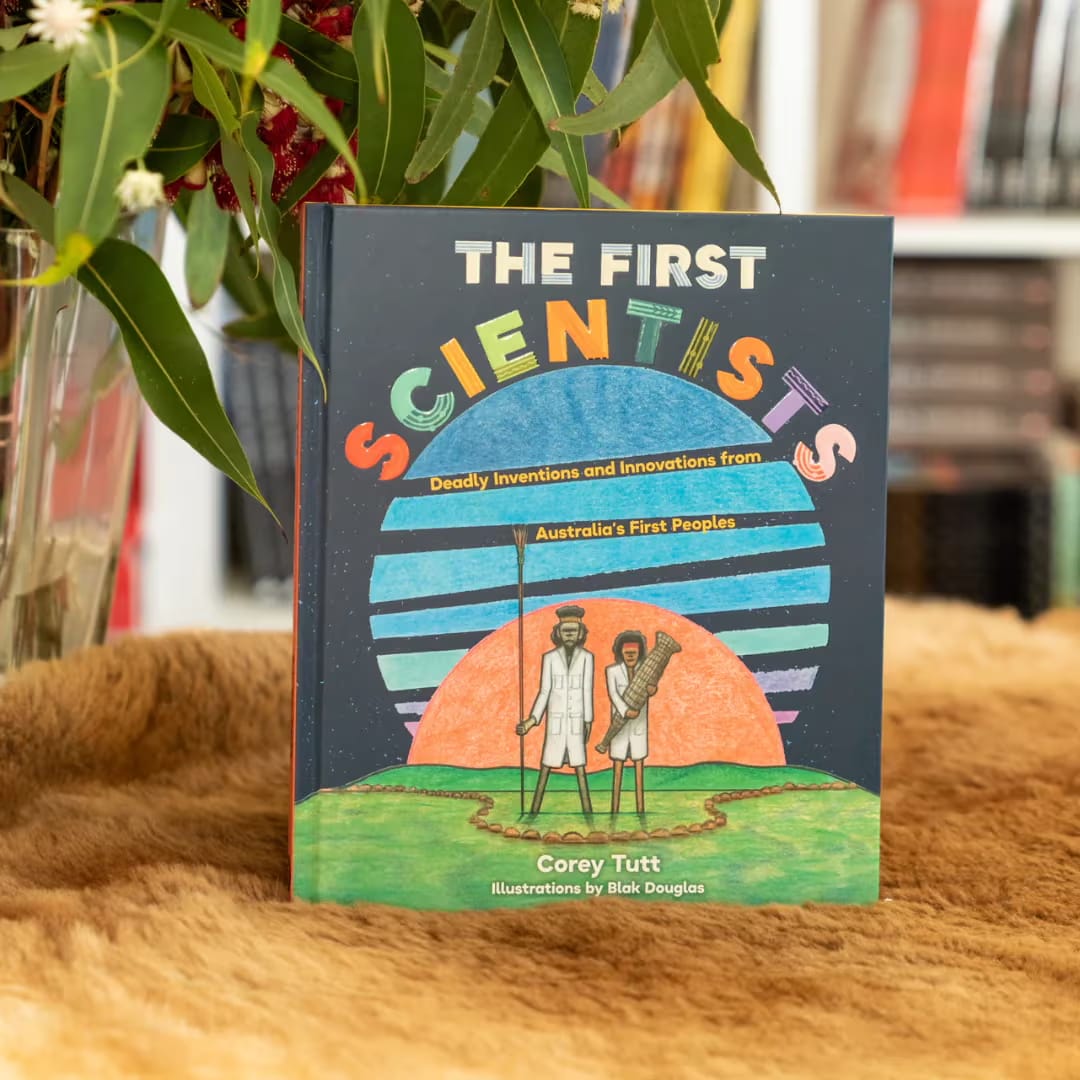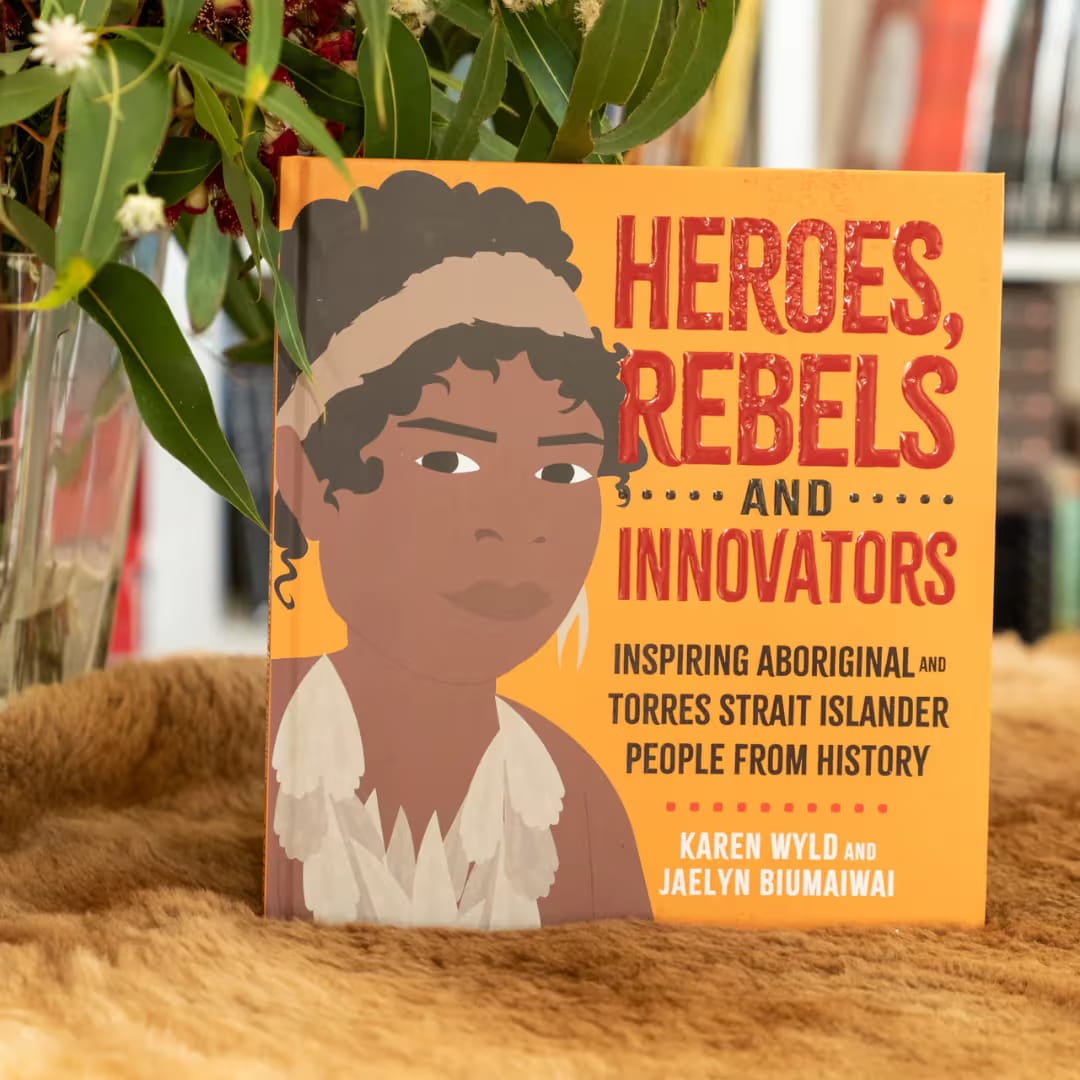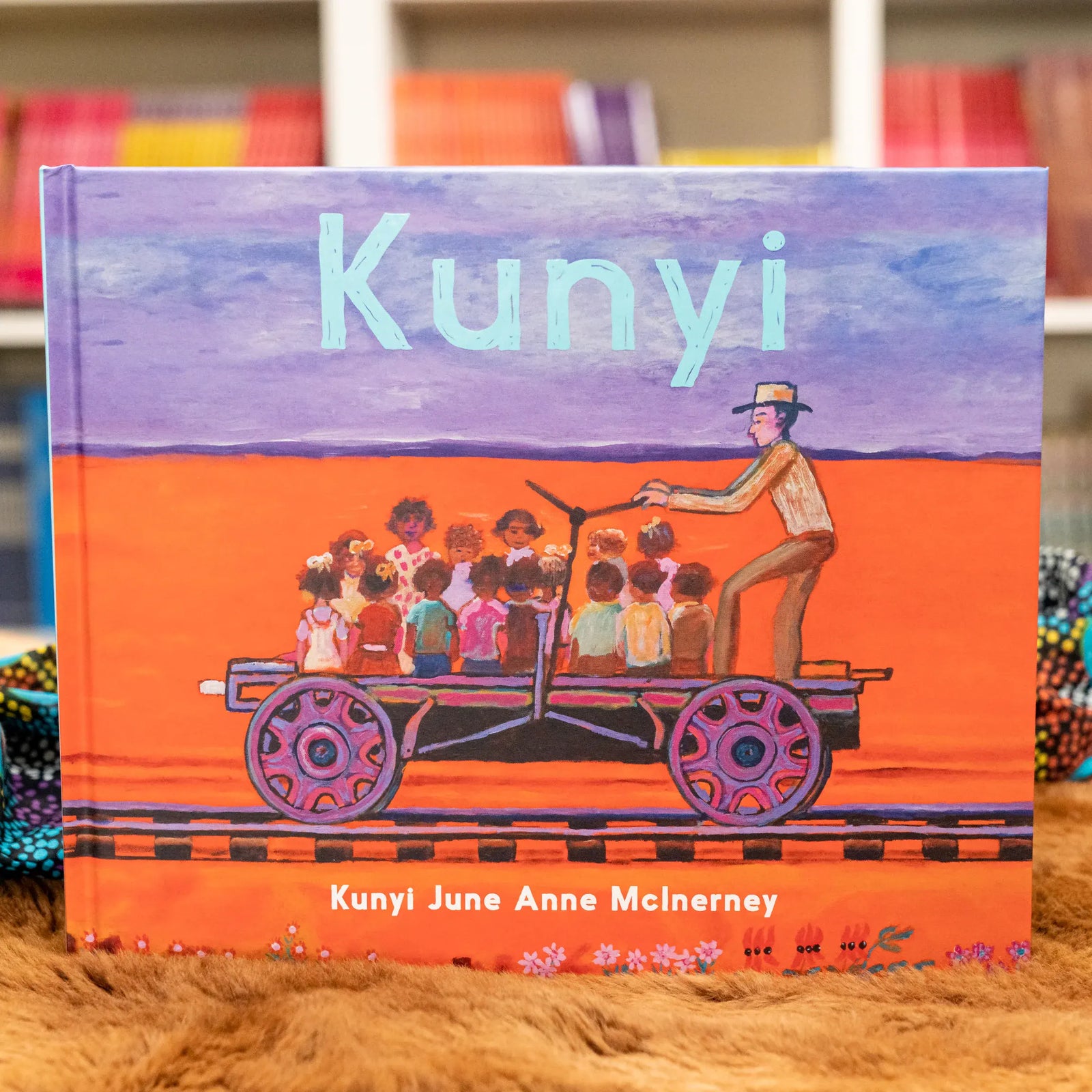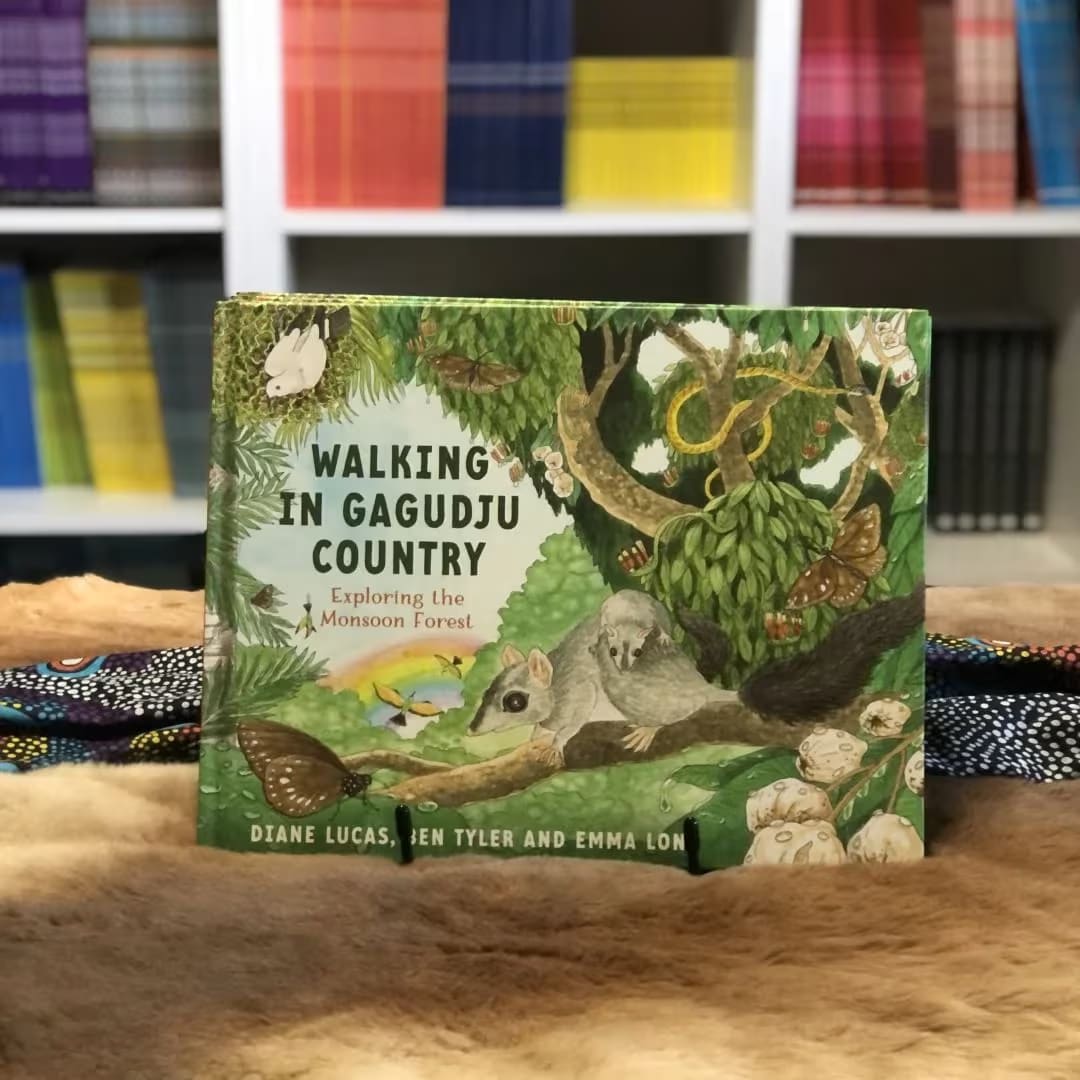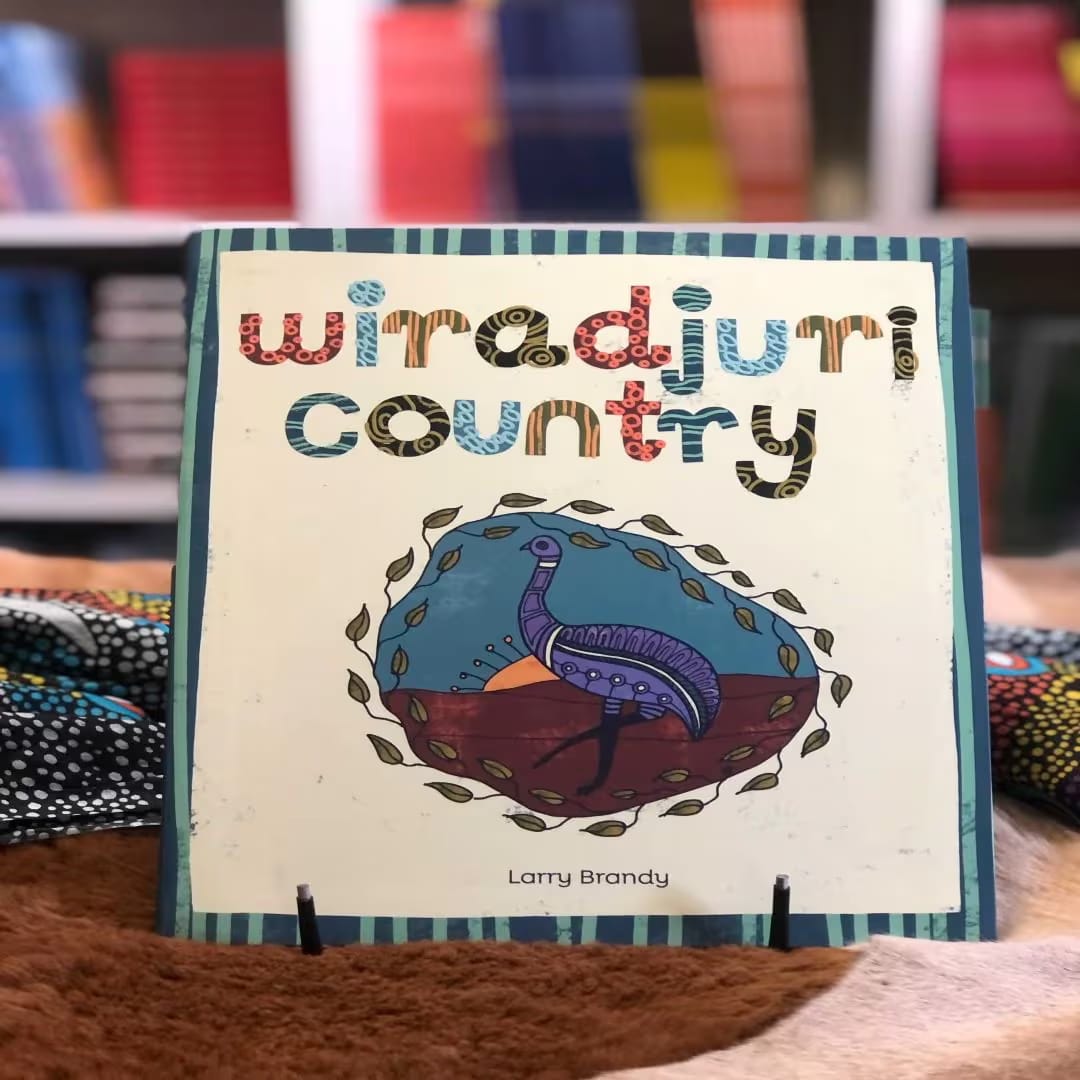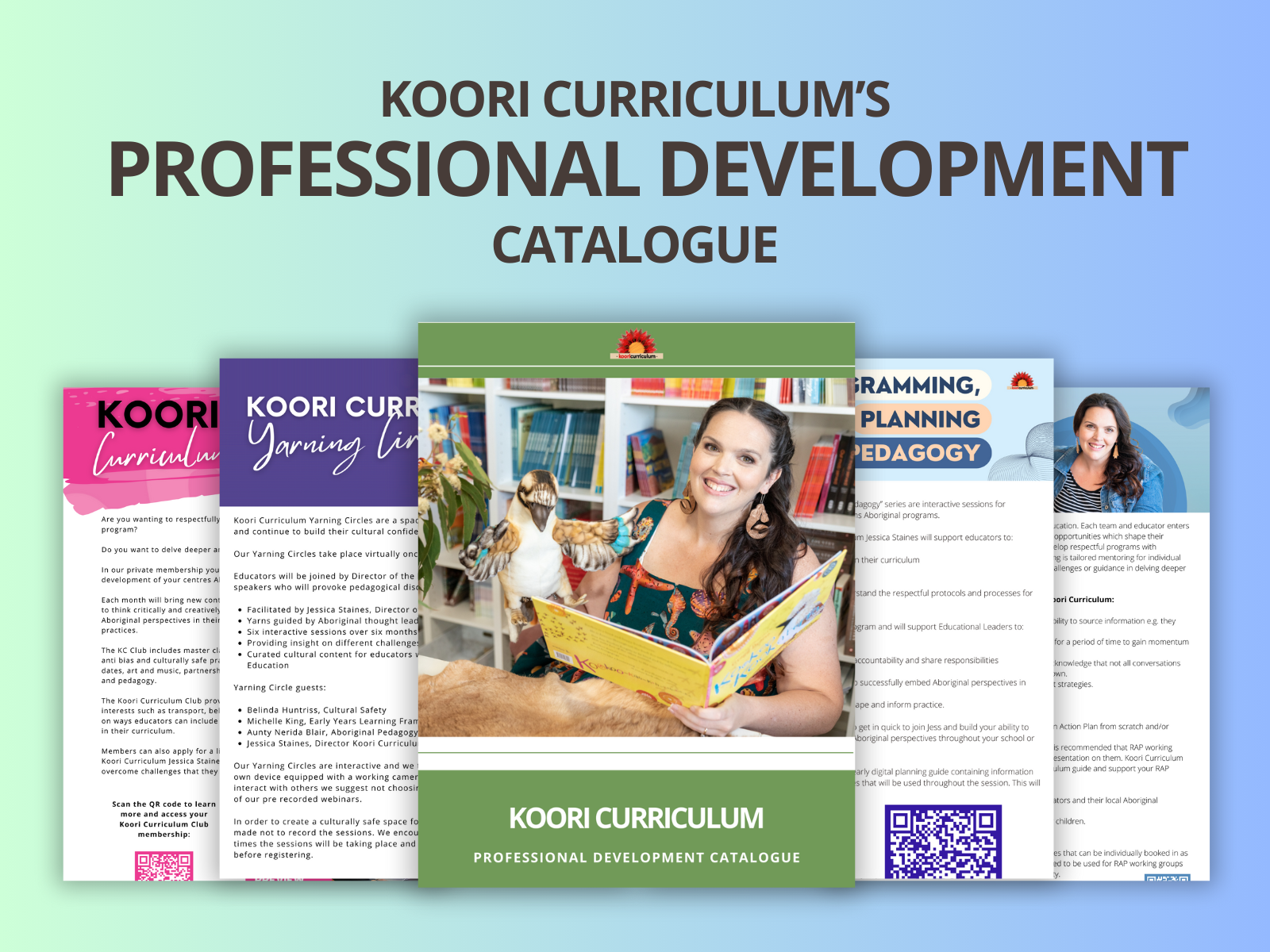
Our Top Aboriginal Books for Book Week 2023: Read, Grow, Inspire
The Childrens Book Council of Australia is celebrating National Children’s Book Week from the 19th- 25th August 2023.
The 2023 for book week is Read, Grow, Inspire.
Here are a few First Nation titles that were on the 2023 Notables list.
Older Readers:
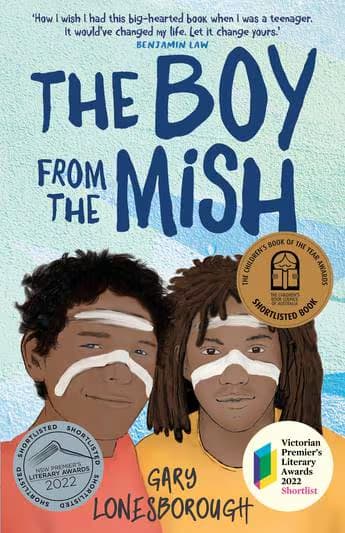
The Boy from the Mish by Gary Lonesborough
'I don't paint so much anymore,' I say, looking to my feet.
'Oh. Well, I got a boy who needs to do some art. You can help him out,' Aunty Pam says, like I have no say in the matter, like she didn't hear what I just said about not painting so much anymore. 'Jackson, this is Tomas. He's living with me for a little while.'It's a hot summer, and life's going all right for Jackson and his family on the Mish. It's almost Christmas, school's out, and he's hanging with his mates, teasing the visiting tourists, avoiding the racist boys in town. Just like every year, Jackson's Aunty and annoying little cousins visit from the city - but this time a mysterious boy with a troubled past comes with them… As their friendship evolves, Jackson must confront the changing shapes of his relationships with his friends, family and community. And he must face his darkest secret - a secret he thought he'd locked away for good.
Compelling, honest and beautifully written,The Boy from the Mishis about first love, identity, and the superpower of self-belief.
Early Childhood:
"The River" By Sally Morgan & Johnny Warrkatja Malibirr
Another simple, universal story from Sally Morgan – this time a beautifully illustrated celebration of the life of the river. The River takes the reader on a journey of what their eyes can see and their ears can hear.
See green ants crawling, hear frogs croaking, a goanna running, a fish splashing... Sally Morgan’s beautiful words and Johnny Warrkatja Malibirr’s sensitive artwork combine to make this a unique, distinctive children’s picture book with global appeal.
Johnny infuses his illustrations with his fine-art aesthetic and his traditional motifs to bring each page to vivid life.
"Sea Country" By Aunty Patsy Cameron (Hardcover)
In this delightful children’s picture book, Aunty Patsy Cameron generously shares the stories and traditions from her family’s seasonal island life in Tasmania. With evocative text and stunning illustrations, Sea Country lets the reader know when to pick ripe wild cherries, when the moon (mutton) birds fly home and how the nautilus shells smell like the deepest oceans.
Aunty Patsy Cameron, who is a descendant of the Pairebeenne Trawlwoolway clan in Tasmania, weaves a cultural homage to life on Flinder’s Island, with stories of collecting shells, fishing in wooden dinghies with long oars, and watching clouds snake their way down Mt Munro. Alongside this tender story, Lisa Kennedy reveals the love and connection to sea and Country through her intricate collages and delicate illustrations that sing country alive.
"Sharing: Our Place" By Aunty Fay Muir & Sue Lawson (Hardcover)
When we share, there is plenty for all.
A tender, thoughtful story with a gentle reminder of all the ways sharing makes us stronger.
Sharing is book three in the award-winningOur Placeseries (Respect 2020, Family 2020) that introduces children to First Nations philosophies that are dear to Aunty Fay’s heart. Each book is a powerful educational tool, with exquisite illustrations.
Written with tenderness and clarity,Sharingis illustrated by award-winning creator Leanne Mulgo Watson (Cooee Mittigar 2019).
Picture Book of the Year:
“Day Break” by Matt Chun and Amy McQuire
Day Break is the story of a family making their way back to Country on January 26.
We see the strength they draw from being together, and from sharing stories as they move through a shifting landscape.
The story refocuses the narratives around ‘Australia Day’ on Indigenous survival and resistance, and in doing so honours the past while looking to the future.
Confronting yet truthful, painful yet full of hope, Day Break is a crucial story that will open up a conversation on truth-telling for the next generation.
Eve Pownall Award:
“The First Scientists: Deadly Inventions and Innovations from Australia’s First Peopels” by Corey Tutt and illustrated by Blak Douglas
The First Scientistsis the highly anticipated, illustrated science book from Corey Tutt of DeadlyScience. With kids aged 7 to 12 years in mind, this book will nourish readers’ love of science and develop their respect for Indigenous knowledge at the same time.
Have you ever wondered what the stars can tell us? Did you know the seasons can be predicted just by looking at subtle changes in nature? Maybe you have wondered about the origins of glue or if forensic science is possible without a crime scene investigation. Australia's First peoples have the longest continuing culture on Earth and their innovation will amaze you as you leaf through the pages of this book, learning fascinating facts and discovering the answers to life's questions.
In consultation with communities, Corey tells us of many deadly feats – from bush medicine to bush trackers – that are today considered 'science', and introduces us to many amazing scientists, both past and present. The breadth of ‘sciences’ is incredible with six main chapters covering astronomy, engineering, forensic science, chemistry, land management and ecology. The first scientists passed on the lessons of the land, sea and sky to the future scientists of today through stories, song and dance, and many of these lessons are now shared in this book.
Vibrant illustrations by Blak Douglas bring the subjects to life, so you’ll never think about science as just people in lab coats ever again!
“Heroes, Rebels and Innovators” by Karen Wyld and illustrated by Jaelyn Biumaiwai
Be inspired and amazed by these incredible Aboriginal and Torres Strait Islander icons!
With colourful artwork and evocative writing, this book tells stories every Australian should know.
Powerful and exciting: here are seven inspiring stories about Aboriginal and Torres Strait Islander people from history. Each colourful spread in this illustrated book tells a compelling story.
“Kunyi” by Kunyi June Anne McInerney
Kunyi June Anne McInerney was just four years old when she and three of her siblings were taken from their family to the Oodnadatta Children’s Home in South Australia in the 1950s.
Through an extraordinary collection of over 60 paintings, accompanied by stories, Kunyi presents a rare chronicle of what life was like for her and the other Children’s Home kids who became her family.
Her paintings are a healing trove of memories that reveal the loneliness, fear and courage of the Stolen Generation children who were torn from family and loved ones. From bible lessons to sucking bone marrow and collecting bush fruits, the escapades, adventures and sorrows of the children are painted with warmth, humour and unflinching honesty.
Kunyi’s story is one of healing and reconciliation. She is telling it so that the lives of the children at Oodnadatta Children’s Home will not be forgotten. This is a collection of tender and honest stories that will educate children on our nation’s history and remind adult readers of the real impact of the Stolen Generations.
“Walking on Gagudju Country: Exploring the Monsoon Forest” by Diane Lucas and Ben Tyler, illustrated by Emma Long
Walk with us through one of the Top End's magnificent monsoon forests, in Kakadu National Park, learning about the plants, animals and Kundjeyhmi culture along the way.
When we go walking, we never know how long we will be, what we will hear and what we will see.
We pack our bags with food and water, a billy and some matches to light a fire.
We head off into the shady monsoon forest on the edge of the billabong.
Diane Lucas, Ben Tyler and Emma Long share their knowledge and love of the Top End in this enchanting and accessible book about one of Australia's most ancient and beautiful ecosystems.
“Wiradjuri Country” by Larry Brandy
Welcome to Wiradjuri Country.
The Wiradjuri are the people of the three bila (rivers) and their nguram-bang (Country) is the second largest in Australia. Come with Uncle Larry Brandy on an enlightening journey through his Countryâs rivers, woodlands, grasslands and rocky outcrops, as well as the murri-yang (sky world).
Along the way, young readers will encounter animals such as bila-durang (platypus), and maliyan (wedge-tailed eagle), plants like the maybal (grass tree) and yirany (yam daisy), and discover stories like that of Tiddalik the giant frog. They will learn how Wiradjuri people lived on their Country, using the flower spikes of the grass tree as spears, soaking its flowers in water to make a sweet drink and weaving its leaves into baskets.
This is a unique book combining language, culture, Indigenous history and storytelling, written by a Wiradjuri author. It features colour photographs of animals, plants and habitats, as well as illustrations by Indigenous artists Kristie Peters and Scott âSauceâ Towney.

